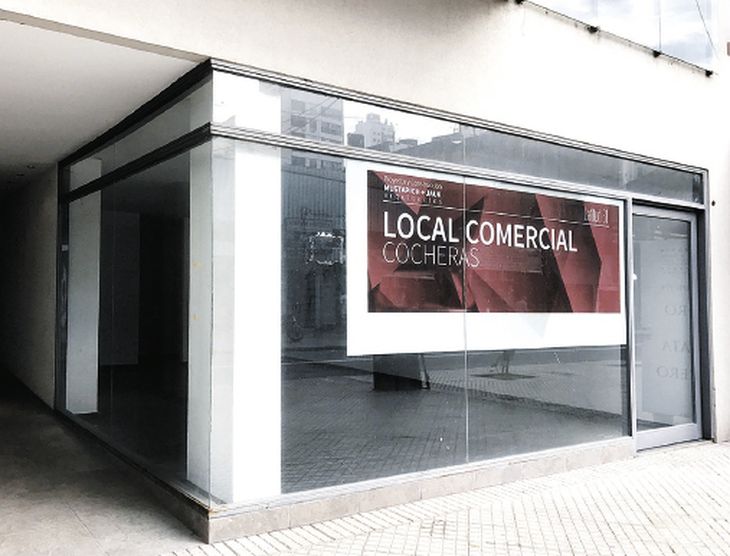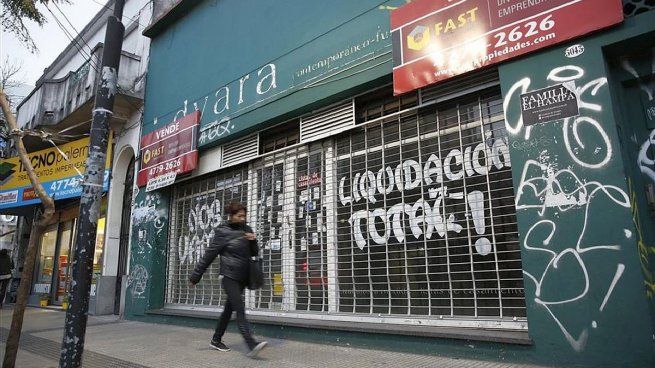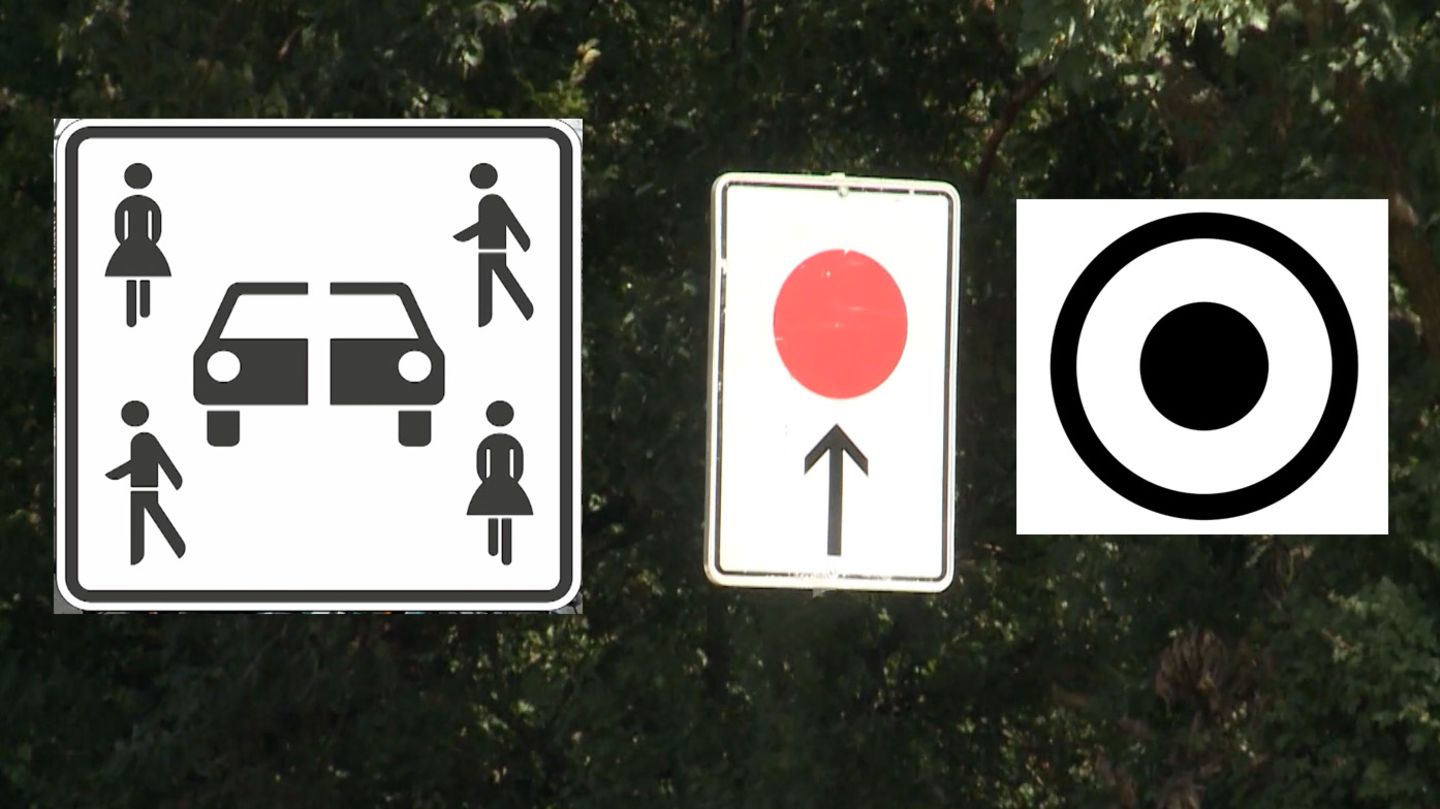The Buenos Aires Statistics Institute registered an annual decrease. The southern zone and the microcentro are the most affected areas. The north remains dynamic.
During the last quarter of 2024 the unemployed commercial premises of the City of Buenos Aires increased. After a second year -on -year decrease, the last record indicates that there is 90.8% occupancy, according to data from the Institute of Statistics and Census of the Autonomous City of Buenos Aires (IDECBA).
The content you want to access is exclusive to subscribers.
In the city there are more than 15,600 commercial premises recorded by IDECBA. In the last study, 1435 empty premises were detected. There was a minimum improvement compared to the previous measurement, but with respect to a year ago, the decline reaches 0.9%. The center and the south are the most affected, while the north shows a different dynamic.


Returning to empty locals, IDECBA distinguishes that 57.8% are in a vacancy, while others are for sale or rent. One of the most affected areas is, without a doubt, the Microcentroonce the most coveted area. There are 29.6% of vacancies.
P15 – LOTS_OPT.jpeg

In the city there are more than 15,600 commercial premises recorded by IDECBA.
Other areas that have lowered a lot are Avellaneda Park (24.2%) and Avenida Jujuy (19%). But if the occupation per block is thought, the most affected streets with Libertad and Saenz, with an average of five empty stores per block.
Occupancy level by areas and dominant items
If we look at the city in zones, there are historical trends that are maintained. The north is dynamic, the south remains down, despite some data that shows some activity.
He North He does not lose the dynamism he usually has. Of the almost 60 stores per thousand relieved, they had modifications in their status. Meanwhile, the South It is a high zone in unemployment of premises, despite the opening rate of 32.8 units per thousand.
Both in these areas, in the rest of the city, The Buenos Aires Statistics Institute registered the dominant items. The main ten concentrate 86.2% of occupied premises. These are clothing, textiles and footwear (25%), food and drinks (15.5%) and the lodging and food item (11.1%).
Source: Ambito
I am an author and journalist who has worked in the entertainment industry for over a decade. I currently work as a news editor at a major news website, and my focus is on covering the latest trends in entertainment. I also write occasional pieces for other outlets, and have authored two books about the entertainment industry.




